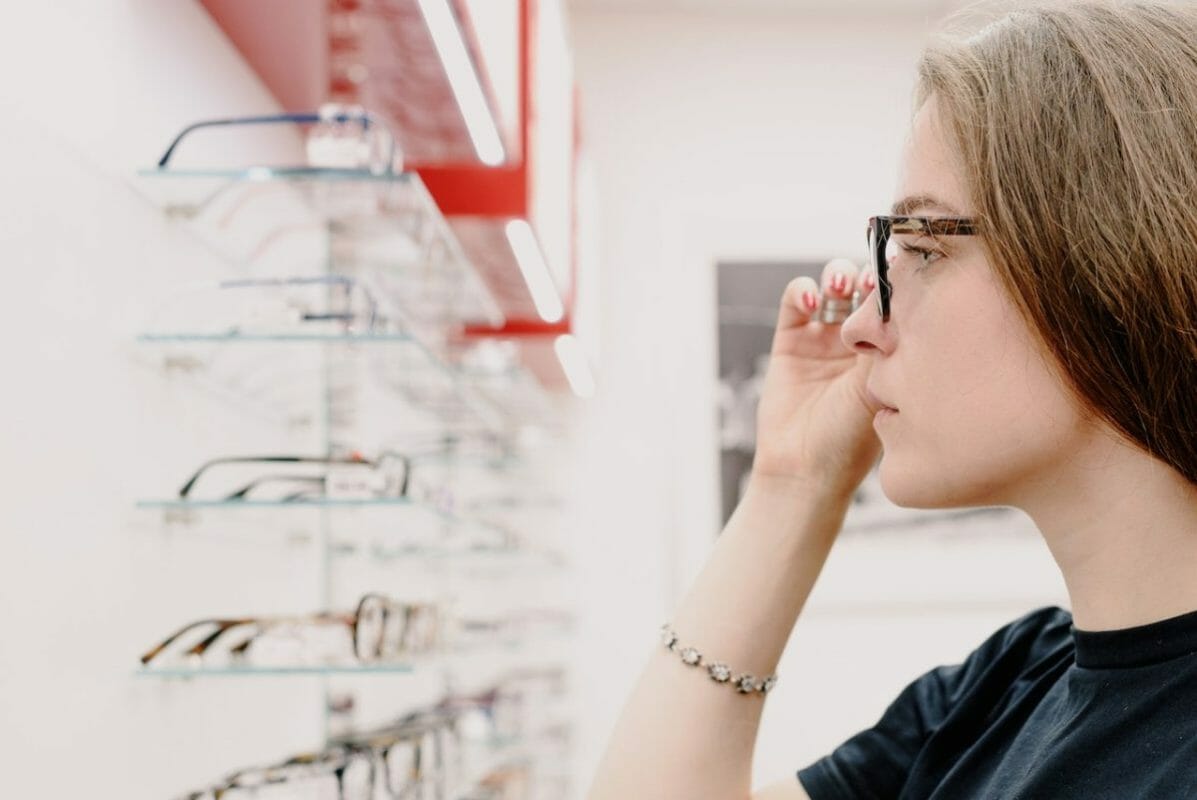If someone tells you that choosing the right pair of eyewear is easy, they are obviously lying to you. With so many shapes, styles, and frame materials to choose from, it’s easy to get overwhelmed when trying to find the perfect pair for your face shape and lifestyle. But by understanding what will work best for you, you can make an informed decision that will ensure you look great in your new eyewear. In this article, we’ll discuss some key tips on how to select glasses that fit your needs and preferences perfectly.
Consider Your Face Shape
Consider the shape and size of your face when looking for glasses, as certain shapes may complement or detract from your features. Conversely, whether you are getting cheap prescription glasses or you are aiming for higher-cost frames, the right shape will ensure that you look great in any pair. Here are some tips for choosing glasses according to face shape:
- Round Faces: Round faces tend to be best complemented by frames that have sharp angles, such as square or rectangular shapes. This can help elongate your features and make them appear more proportional.
- Oval Faces: Oval-shaped faces are the most versatile, as they can generally pull off any frame shape. However, if you want to accentuate your features, look for frames with a bit of depth or width that will draw attention to your eyes.
- Square Faces: Square-shaped faces often benefit from round or oval frames because these shapes can help soften the lines of your face. A classic wayfarer style is especially flattering for this type of face shape.
- Heart-Shaped Faces: Heart-shaped faces, meanwhile, look great with frames that have a wider bottom and narrower top to balance out their features. Cat-eye or semi-rimless styles are particularly suited to this shape.
The Frame Material Matters
Different frame materials can create different looks, so take into account how durable and lightweight you would like your frames to be. The most common materials for glasses frames include metal, titanium, plastic, and rimless.
- Metal frames are usually more expensive than other types of material but also tend to be more durable and lightweight.
- Titanium is an even lighter alternative that offers durability without sacrificing style.
- Plastic frames are cheaper while still being fairly strong and flexible, making them a popular choice for those on a budget.
- Rimless frames are ideal for those looking for a sleek, minimalistic look as they don’t have any lenses at all.
Think About Your Lifestyle
Choose a style of eyewear that reflects who you are and what activities you participate in most often; this will help ensure maximum comfort for all-day wearability no matter what adventures come up! If you’re an active person, look for glasses that are lightweight and flexible. For those who spend a lot of time outdoors, polarized lenses can help reduce glare and protect your eyes from harmful UV rays. Finally, if you wear glasses mostly in professional settings, consider frames that are stylish yet still sophisticated enough to fit the environment.
Discuss The Color and Pattern Options
Have fun with color, texture, and pattern options to create a unique look that works best for you! Choose from a range of different colors and materials, from classic black or brown to brighter hues that add a pop of color to your face. If you’re feeling bold, try out some patterned frames for a more eclectic look. Most patterns or prints will help bring out your facial features, so be sure to experiment with different styles.
Inquire About The Lens Technology
Make sure to ask about the latest lens technology available that can help protect your eyes from harmful UV rays while also providing clear vision in any light conditions. Better still, inquire about special features like anti-reflective or glare-reducing coatings that can help enhance your vision even when you’re wearing glasses. In addition, look for lenses that are scratch-resistant and have an anti-fog coating for maximum protection.
Come Up With A Budget
Set aside a budget beforehand so that you know exactly how much money is available to spend on glasses before making any decisions. This will help you narrow down the choices and find frames that fit your budget while still meeting all of your needs. On average, getting your eyewear would cost anywhere between $100 – $500 depending on the type of frames, lenses, and any added features.
By following these tips, you’ll be able to make an informed decision when selecting glasses that best complement your face shape and lifestyle. With the right pair of eyeglasses, you can look great and feel confident in any situation! Moreover, you can also enjoy better vision and improved eye health. So don’t forget to ask questions, read reviews, and shop around to find the perfect pair that fits all your needs!
